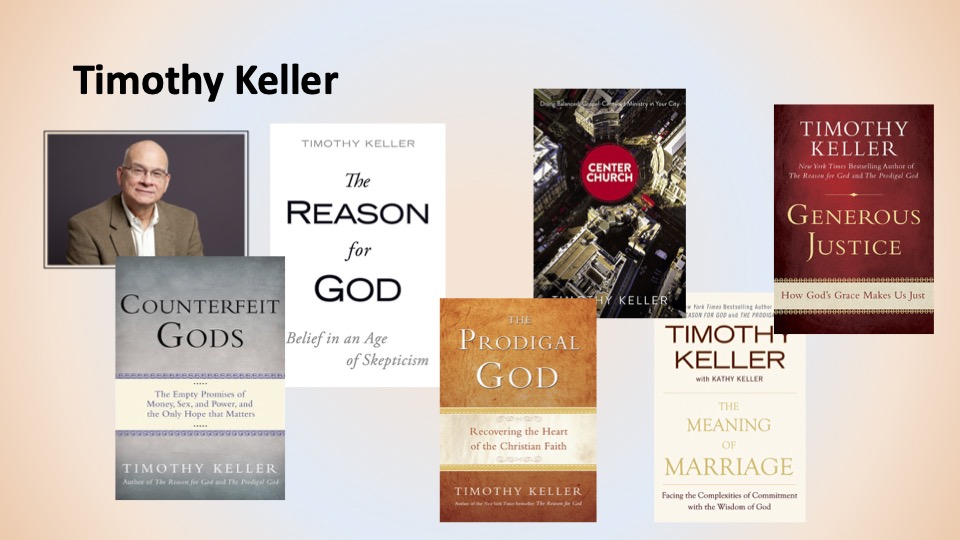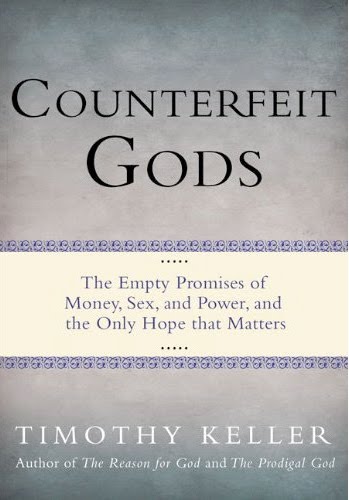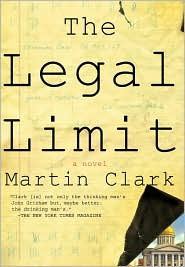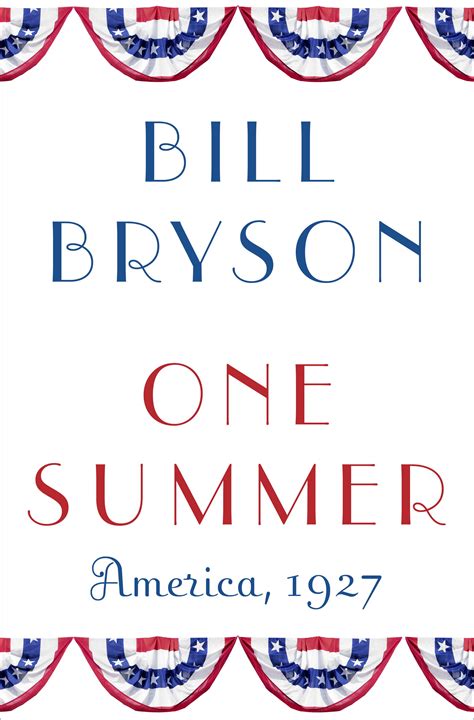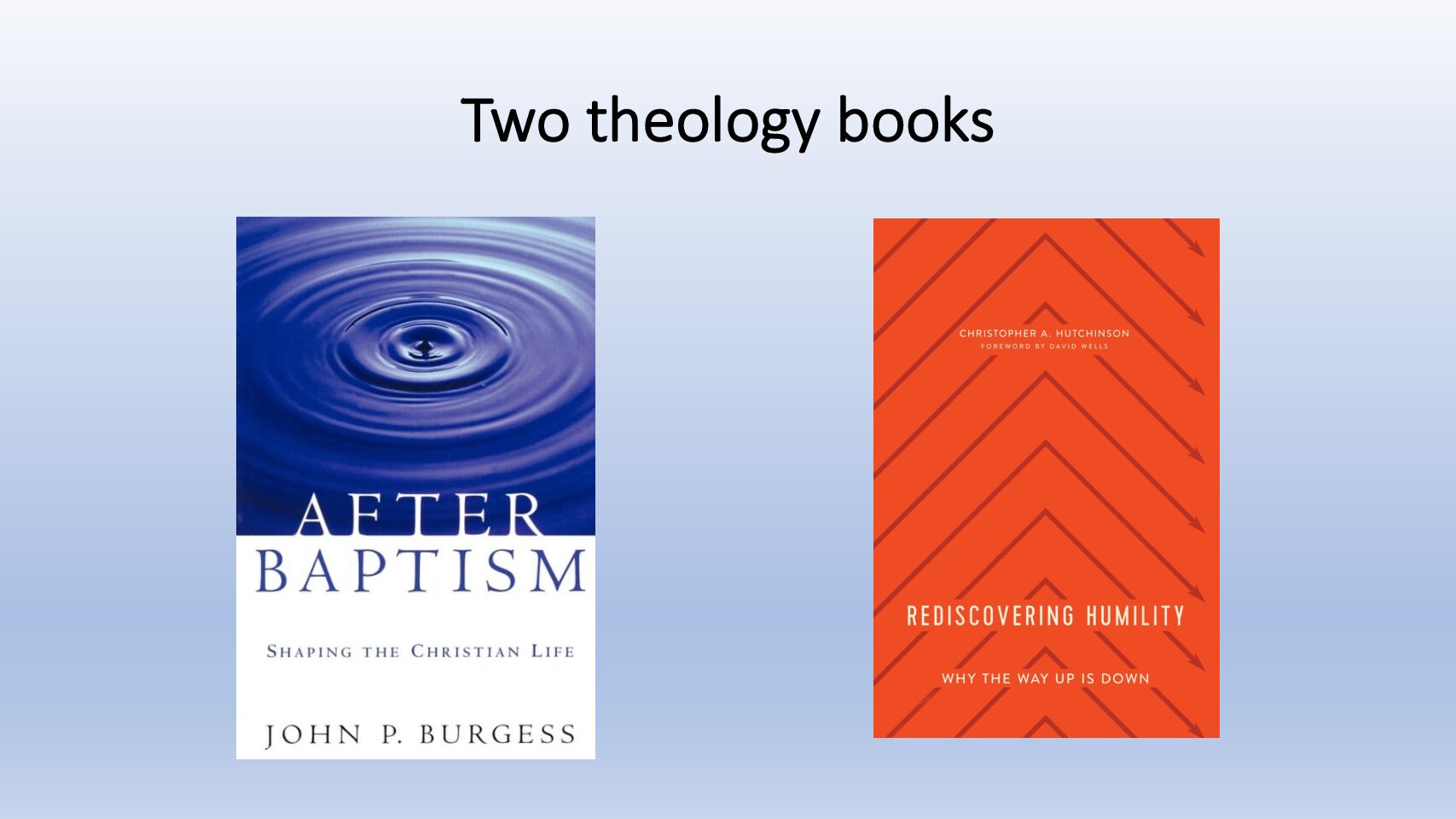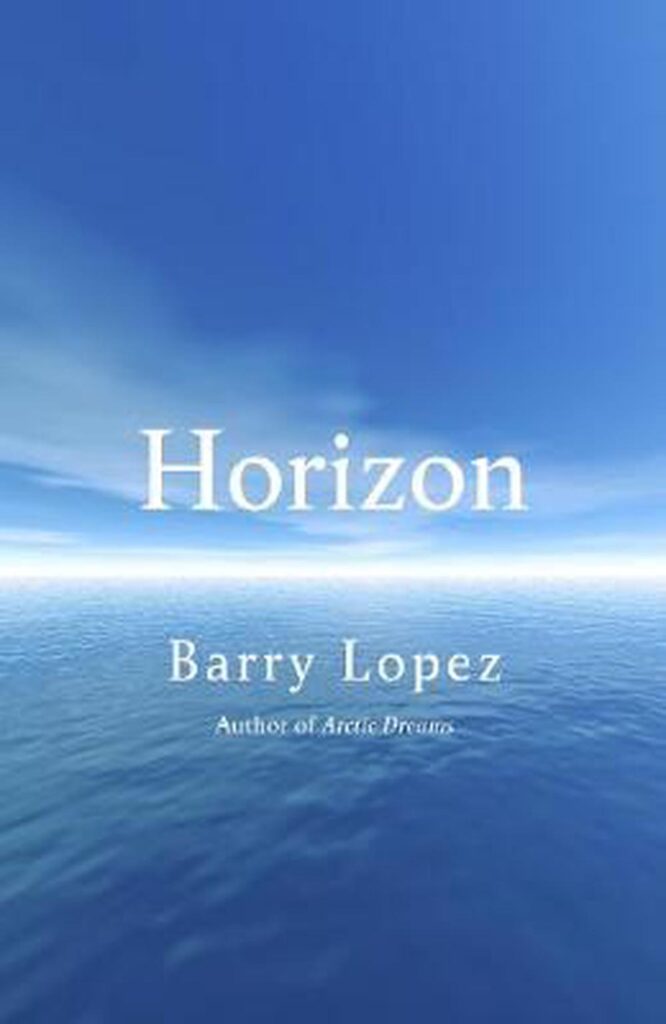Catching up:

I finally have a construction crew working on an addition to my house. When done, there will be an additional 384 square feet walkout basement that will serve as my shop and cool storage of produce. On the main level will be another 384 square feet of living space (with a half bath for guest) that will open out to a 200 square feet deck. The top level will add another room of roughly 140 square feet. In addition, we plan to put a porch on the front of the house. So, things are a little hectic, with a lot of waiting for workers and inspections.
In addition, yesterday I had a laser procedure done on my left eye where I have a leaking blood vessel. It didn’t hurt. However, it felt like I was forced to watch a dozen nuclear explosions, the bright light exploding in my eye. The good news is that they only dilated my left eye, so I still had one good eye with which to drive home.
In this blog, I’m still trying to catch up with recent books I’ve read or listened to. I listened to the Horwitz book in March when I traveled to the beach. This month I listened to the Foote book and read the Morris biography. All three books have ties to the Deep South.
Larry L. King, In Search of Willie Morris:
The Mercurial Life of a Legendary Writer and Editor

(New York: Public Affairs, 2006), 353 pages with index and bibliography with 8 plates of b&w photos.
I was introduced to Willie Morris in the late 90s when I read North Toward Home. As a southerner who was then living in Utah, the idea of the South no longer being my home resonated with me. (And like Morris, I eventually returned). I later watch the wonderful movie version of his book, My Dog Skip. Several years later I stumbled upon Taps, a book published after Morris’ death. Taps, which draws on his memories as a high school student playing his trumpet for military funerals during the Korean War, also says a lot about how we treat the dead as well as the racial tensions in the American South during the Jim Crow era. I recently read a reference to King’s biography of Morris and decided to check it out.
Larry L. King (the writer, not the TV host, author of the comic play, The Best Little Whorehouse in Texas) was a good friend of Willie Morris. However, like most friendships, theirs had rocky roads including several years of estrangement after King had an affair with a woman with whom Morris had been seeing. In some ways, their closeness makes this a more difficult biography as you can see King’s obvious bias toward a man he admired. However, this also allows King to have a more intimate portrait of Morris. King doesn’t just rely on his own memory, but checked out his stories with many others who were close to Morris, including his son, ex-wife, widow, and friends. In places he offers competing insights, his as well as those from others.
This book doesn’t provide much detail into Morris’ younger life in Mississippi, which I found disappointing as Morris mined his childhood for many of his stories. He focuses more on Morris as a student at the University of Texas. He also writes more about his time ss a Rhodes Scholar in Oxford, something that Morris only briefly mentions in his books.
Willie Morris was the youngest editor ever in the long history of Harper’s Magazine, taking over the helm at 32 years of age. From this point, King begins a much more detailed examination of Morris’ life. He established a staff of talented writers which included King. Those writing for the magazine that I read include William Styron, Norman Mailer, and David Halberstam. I’ve reviewed three of Halberstam’s books in the last few years: The Fifties, October 1964, Summer of ’49.
After a battle with the magazine owner, Morris was forced out as editor. All the big-name writers he assembled at the magazine refused to write again for at Harpers. Others, including his friend Truman Capote, joined the boycott. According to King, at publishing of this book 35 years later, they’d all kept their promise. Afterwards, Morris received all kind of offers, but ignored them. He also received a letter of condolence from a young attorney in Arkansas, who Morris had met when the future politician left for Oxford on a Rhodes Scholarship. Morris would meet him again, on his return. This was Bill Clinton. As President, he would write a piece read at Morris’ funeral.
After Harpers, King focuses on Morris’ difficulty focusing, amplified by the divorce from his first wife, Celia. It was also a time when people were realizing that Morris was drinking too much. For this next period, Morris mostly lived on Long Island.
I was amazed by how Morris not only gave a voice to those young writers at Harpers, but to other talented writers. Later, after he returned to the South and was a visiting writer at the University of Mississippi, he encouraged and helped a law school student by the name of John Grisham publish his first book. He also helped Larry Brown (I’ve read a few of his books) and Winston Groom (who wrote Forest Gump). Morris became a close friend of Jim Jones, who had completed two of a trilogy on World War II. The first two books were Here to Eternity, and Thin Red Line. When Jones’ died, Morris took over and completed his third volume, Whistle. Both of Morris’ wives were authors and involved in the publishing business.
Practical jokes stand out in the books I’ve read by Morris. King shares many more such jokes, including taking William Styron on a night stroll through the Yazoo cemetery. There, upon a grave, Styron found a copy of his novel, Lie Down in Darkness. Inside the cover was a note from the one buried in the grave, that read, “To William Styron. Come lie down in darkness with us. It is not as bad as it has been made out.” At an Ole Miss home football game in Hemingway Stadium, Morris delighted telling two French journalists how the school wanted to honor Faulkner, but he refused. So, the name went to Hemingway, implying it was named for the author. The truth was that the stadium had been named for a former dean. King found himself at the blunt of some of these jokes, including many prank phone calls. It became so frequent that when Nelson Rockefeller called King to offer him a speechwriting job, he assumed it was Morris and said some inappropriate things.
When Morris was asked about the truthfulness of his stories in his book, Good Old Boy, he said they were all true. Then he quoted Mark Twain, “sometimes you have to lie to tell the truth.”
But with the jokes come sadness and Morris had a melancholy streak. Imagine your son’s dog (and later a friend’s dog) dying after being hit by a car while in your care. It happened to Morris. Or having to endure lectures about your drinking from your mother who (it was later discovered) had her own alcoholism issues. Morris’ relationship with his mother was so difficult he seldom went home without taking a friend. And then there are the critics who could be brutal. Yet, as King points out, while Morris often hurt those close to him, he probably hurt himself most.
The last decade of Morris’ life was one of his most productive. He had married JoAnne Prichard, who stabilized his life. He became more focused. But sadly, that ended in 1999, when he died of a heart attack. His beautiful book, Taps, which he had worked on for thirty years came out after his death.
Willie Morris was a fascinating man. He had faults, but we all do. But I found it amazing how well connected he was with the literary world of the era. Now I am wanting to read more of his works. If you’re interested in his life or in the writing life, I recommend this biography.
Shelby Foote, Jordan County

(1954, Audible, 2004: 10 hours and 5 minutes. Narrated by Tom Parker
I have read some of Foote’s Civil War accounts, but this is the first time reading (or listening) to his fiction. The setting for this novel is a fictional county in the Mississippi Delta, between Memphis and Vicksburg. Through a series of stories, the author creates a portrait of the country stretching back over 200 years. Each vignette is more like a short story or novella, with the location being the main connection. In an interesting twist, the first story is set in 1950, five years after the Second World War. Each story thereafter moves back in time. The second, about a blues musician who is executed for killing a man involved with his lover, was set in the 1930s. There is a story about old plantation homes being burned during the Civil War, in which the infirmed owner had fought with Andrew Jackson at New Orleans in the War of 1812. Then came the stories of those same homes being built and slaves hauled into the region, after the discovery of the cotton gin made cotton valuable. Then we learn of those who settled this country, as the local natives were being pushed out. The last story is set before this land would become a part of the United States, as Christianity was being brought to the native people.
I found reading these stories chronologically backwards interesting. It was kind of like peeling an onion to get back to the roots of the land. In this case, it shows the connection to the land. I need to read more of Foote’s writings. If this is any indication of his fiction, he is a much more accessible writer than his friend, William Faulkner.
Tony Horwitz, Spying on the South: An Odyssey Across the American Divide

(2019, 17 hours and 11 minutes). Narrated by Mark Deakins and Tony Horowitz.
Long before I started blogging, while living in Utah, I made a cross country flight. A friend had given me a book, Tony Horwitz’s Confederates in the Attic. I never laughed so much on an airplane. I kept trying to mute myself and about bit through my cheeks, but the book was so funny. Everyone around me wanted the name of the book. I’m sure many of them went out an brought a copy!
In Confederates in the Attic, a Yankee explores Civil War reenactments in the American South. In his new book, he returns South just before the 2016 election, and traces the second journey William Laws Olmstead made into the American South in the decade before the Civil War. Olmstead had been a farmer. Before he became famous as a landscape designer, he struggled as a journalist. He made two trips into the South to learn about the differences in agriculture. He travelled under the name, Yeoman, drawing on his farming past. In his first journey, which took him down along the Atlantic seaboard, he began to question slavery. When he took his second journey, which went down the Mississippi and across Louisiana to Texas and on into Northern Mexico, slavery haunted him. While Olmstead books were not well received in the United States, they were well-received in Britain. Some think his books on the South may have helped keep Britain from joining the Confederacy during the war. To read my review of a recent biography of Olmstead, click here.
In this book, Horwitz sets out to travel as closely to Olmstead’s path as possible. He takes the train South to Washington and then west. When he gets into the navigable waters on the other side of the divide, where Olmstead took a steamboat, he arranged transient on a tug pushing coal barges. This allows him to learn about the life of the deckhands as well as exploring the use of coal and how its link to global warming. Then he cuts across country through Kentucky and part of Tennessee before joining a riverboat for his travels down the Mississippi to New Orleans. Along the way, he sees plantations and reflects on what Olmstead might have seen and how the plantation life is portrayed today (somewhat whitewashed from the harshness of antebellum South. He then travels by car across Louisiana and into Texas and barely into Mexico (where he discovered it was much safer for Olmstead than it is today.
In addition to interesting travels, Horwitz draws out the most unique people and events along the way. His retelling of being at a monster truck mud rally is classic. But he also tells the stories of folks he meets in dive bars and tourist attractions, from the Creation Museum to the Alamo. He even finds some cowboys to take him out riding a few nights with pack animals as Olmstead had travelled, which creates more humorous stories. Horwitz can make most any adventure funny, which is why I have enjoyed the books I’ve read by him.
But there is also a serious side to this book. Traveling in the lead up to the 2016 election in some of the more conservative parts of the country, Horwitz wonders if America will face a similar divide as it did when Olmstead made his journey in the 1850s. Like Olmstead, he attempts to set the historical record straight, which challenges some the myths of the Old Southwest. While Horwitz befriends all kinds of people along the way, and seems to get along with them, I’m sure if many of those he met read his book, they would not like the bite in his humor. In this way, Horowitz is like Olmstead, they both spied on the South.






